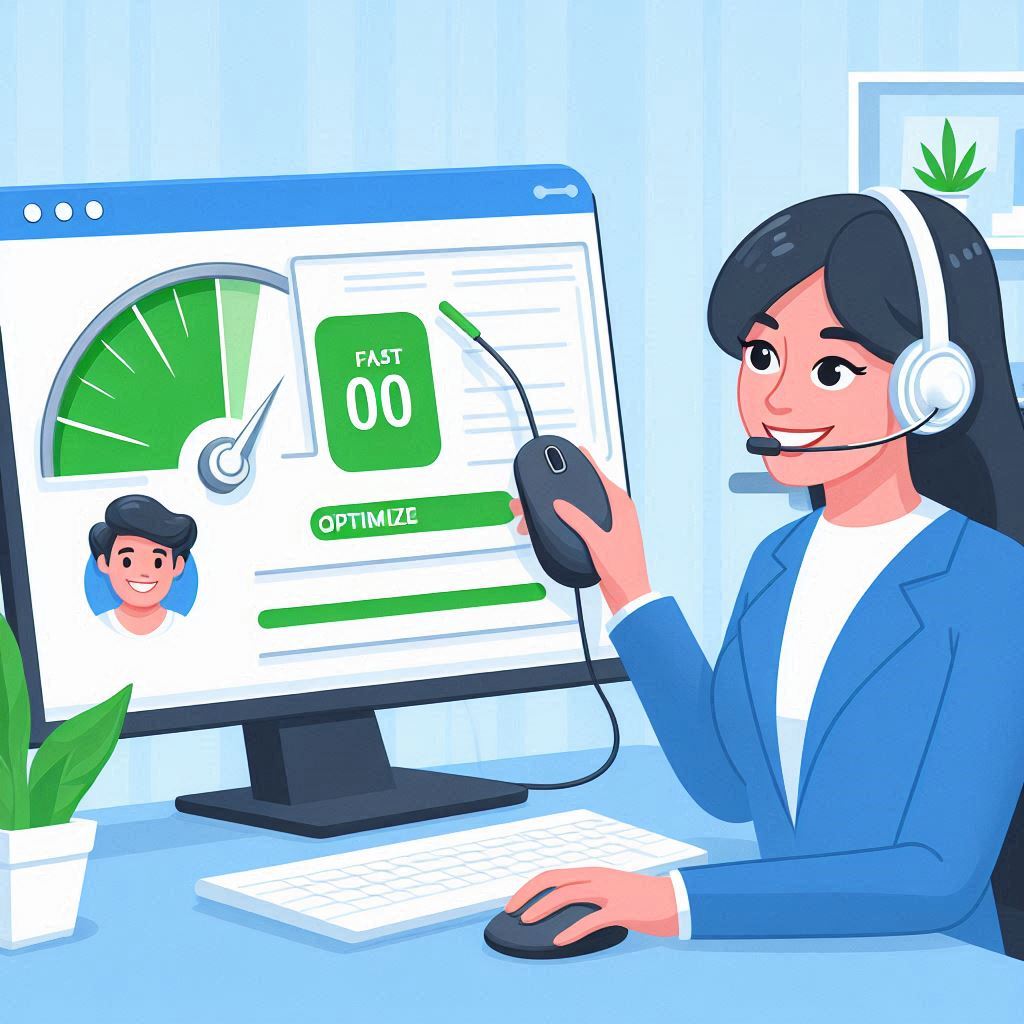A large part of your website’s ability to bring more traffic lies in its speed. Whether you’re a blogger, service provider, or own an e-commerce site, your website’s speed has a direct impact on your online success. It’s no longer just an option to have a fast-loading website. It’s a critical necessity to improve page speed and ensure that your website is fully optimized to load at lighting speed.
4 Solid Reasons to Improve Page Speed
Impacts User Experience
A fast-loading website is a prerequisite to engage your users. To someone visiting your website with a commercial or transactional intent, quick load time suggests a well-optimized, professional site, and creates a feeling of reliability and trust-worthiness. A slow site on the other hand, can frustrate visitors and make a poor first impression. This can lead to high bounce rates.
Affects Google Ranking
Search engines are designed to be user-centric. They prioritize websites that provide the experience that users are looking for. Therefore, websites that load quickly are the ones that rank higher in search results. This means that even if your website provides highly engaging, relevant content, it can lose the chance of being ranked at the top, if it is slow. On the other hand, when you have a quick and responsive website, the ranking goes up. This translates to more visibility, increased organic traffic, and better sales.
Boosts Conversion
The need to improve page speed is not just about user experience and satisfaction. It has a direct impact on conversions. A website that takes longer to load is likely to lose conversions every second.
Reflects on Your Brand
A speedy website creates a positive impression on the visitor. This builds a brand image of competence and trustworthiness. However, a slow and clunky website can reflect unprofessionalism, indifference towards customer experience and unreliability.
What are the ways to measure & improve page speed?
Measuring Page Speed
- Measure the core web vitals that Google cares about. These include, Largest Contentful Paint, First Input Delay, and Cumulative Layout Shift. These metrics help you quantify the speed at which the content of your website takes to load, how responsive and visually stable the page is.
- Some other important metrics to measure include
- Time to First Byte, or the initial server response time
- First Contentful Paint, or the time it takes for the first content on the page to appear
- Time to Interactive, or when the page is fully interactive, and
- Onload Time, when all the resources on the page have loaded.
- There are several tools you can use to keep track of these page speed and website performance metrics. These tools can help you diagnose website speed issues and identify opportunities to optimize your page speed:
- Google PageSpeed Insights
- SEMRush Site Audit
- Pingdom
- GT Metrix
Tips & Best Practices to Improve Page Speed
1. Choose a good host
Make sure that your host is performance-optimized, prioritized speed, and offers features like solid-state drives (SSDs), and advanced caching mechanisms. Your hosting provider plays a critical role in building a fast-loading, responsive website.
2. Compress Images
More often than not, images may be the culprits behind a slow website. So, resize and compress them without compromising on quality. You can make use of image optimizer tools available online for this purpose.
3. Cut Down on Redirects
Redirects create extra HTTP requests, which can slow down the process of loading. By eliminating unnecessary redirects you can improve page speed.
4. Cache Pages
Caching reduces the server’s workload by storing copies of your site’s files. This improves Time to First Byte. You can use server-side caching, or plugins like W3 Total Cache or WP Rocket.
5. Optimize CSS and JavaScript
You can use tools such as Autoptimize to clean up your codes. You can minifyCSS and JavaScript files and defer loading to prevent them from blocking the page from rendering.
6. Declutter and Minimize Plugins
Websites can get bogged down by multiple plugins. So make sure you evaluate the need for plugins regularly, remove the ones that are not being used, and choose lightweight alternatives for your site.
7. Leverage a CDN
Content Delivery Networks distribute your website’s content across a global network of servers. This ensures that users receive the data from the location closest to them. This reduces latency and improves loading times.
While these are some of the effective strategies that can help you improve page speed, it is also important to remember that improving page speed is not a one-time activity. It is something that has to be regularly monitored. It is essential to maintain the performance of your website and provide an impressive and enjoyable experience to your visitors consistently. Only this can boost your search engine rankings, drive more conversions, and increase revenue.


